Title: The Trouble with H0
Authors: J.L. Bernal, L. Verde and A.G. Riess
First Author’s Institution: University of Barcelona, Spain
Status: Submitted to the Journal of Cosmology and Astroparticle Physics
Follow-up to a previous Astrobite: ‘Conflicts between Expansion History of the Local and Distant Universe‘.
Things are getting murkier.
Reporting in April 2016, I wrote about a team of astrophysicists – led by Nobel-winning astrophysicist Adam Riess – claiming a 2.4% determination of the expansion rate of our local universe. The paper claimed a significant difference in the value of H0, as compared with the Planck Collaboration value. Now, Riess and his team, Bernal and Verde, have pushed another effort describing the ‘trouble’ with H0.
What PLANCK is upto
Standard cosmology – the Lambda-CDM model – is robust, and with a few exceptions passed every test thrown at it. Most parameters have been constrained at a level that has error bars of ~ 1% or lower. A major observational effort has been led by astrophysicists to map the expansion history of the universe, and this is what today’s story is about.
Astrophysicists measure the expansion history of the current (or local) universe (H0) through observations of Type 1a Supernovae, gravitational lensing of quasars and similar probes. We measure the expansion history of the early universe through the Cosmic Microwave Background (CMB) observations(H of an earlier epoch), through projects like PLANCK and the South Pole Telescope.
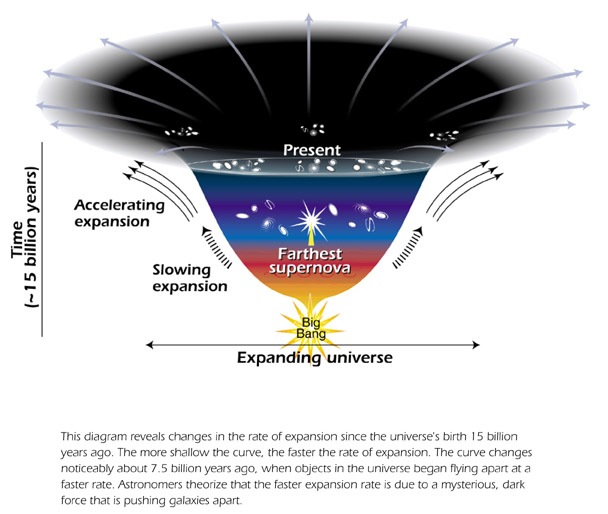
But there is an interesting caveat.
Expansion history is intricately linked to how we measure or understand distance scales between objects in the epoch we are analyzing. Our inhomogeneous universe is expanding, and distance scales change in a non linear fashion between the times of the CMB and now. Over the last few years, PLANCK has given us tremendous insight into three major parameters with great statistical significance:
- Geometry of the universe – Spatially flat, well, almost.
- H0 – 67.8 +- 0.9 km/s/Mpc – depends on how we interpret the properties of the current or local universe.
- A number called rs (in scientific jargon known as the sound horizon at drag epoch) – a derived parameter that relies on the density and the nature of different species in the early universe.
Both H0 and rs are absolutely essential in building the distance ladder in the universe, from early to current times. As mentioned before, PLANCK does these measurements using the CMB. The imprints of the first matter fluctuations embedded in the CMB – the radiation from the earliest epochs – give us an insight into the expansion history of the past. Using this information, astrophysical modeling lets us extrapolate that to the current expansion rate of the universe. In simple terms, from H at the redshift of CMB (~ 1100) we extrapolate H at present times i.e. H0. The problem is, PLANCK’s value of the extrapolated H0 doesn’t match local measurements.

Fig 2. Comparing H0 values from different probes : PLANCK data 2015(in blue), PLANCK data 2015 with a tweaked neutrino model (in red), quasar measurements of gravitational lensing (in green, an independent probe) and supernovae measurements from this work (in black and grey band).
According to Bernal, Verde and Riess, and their collaborators, two things could lead to this:
- Assumptions about models of the physics of the early or the late universe. This could be a sign of new physics.
- Internal inconsistencies within the PLANCK data and analysis.
Measuring H0 and Rs
Taking a break from PLANCK, do we have other probes that we use to measure H0 and Rs? Yes, we do!
H0: We use supernovae distance measurements from the Sloan Digital Sky Survey, or the Supernova Legacy Survey. Moreover, we have H0 measurements from earlier CMB projects, most notably WMAP, one of the the most successful probes built by mankind ever (not to mention a Nobel winner too!).
Rs: We get this number by probing a phenomenon in the early universe called Baryon Acoustic Oscillations, a signature of the distance scales of the CMB era.
Thus, H0 and rs provide absolute scales of measuring distances at opposite ends of the universe.
What the Paper proposes
This paper proposes the following plan to discuss issues related to the model-dependent calculation of rs and H0:
- Study changes in early time physics and late time physics separately, by slightly perturbing the current established models of the universe (And seeing what happens!).
- A model-independent reconstruction of rs and H0.

Fig 3. A graph plotting Rs and H0, with PLANCK data 2015 (in red), PLANCK data 2015 with a tweaked neutrino model (in green), the old CMB data from WMAP (in purple), model-independent construction of expansion history (in blue), with supernovae measurements (in black and grey). The figure on the right has only ‘recommended’ PLANCK data, while the figure on the left has both ‘recommended’ and ‘preliminary’. It can be seen that the green ellipse in the right figure, relieves the tension with current accepted values of H0, both from the purple ellipse and the black bars.
The analysis finds that there is a possibility that rs at early universe and H0 at local universe have not been calibrated in a way that’s statistically correct. There is also a possibility that a slight increase in a parameter called Neff (the number of effective neutrino species in the early universe) relieves some of the tension (also mentioned in my previous bite). Another suggestion is that PLANCK analysis – currently divided between a ‘preliminary’ and ‘recommended baseline’ dataset – should only cover the ‘recommended baseline’ dataset.
Could there be new physics on the horizon? Perturbation of current models of the universe as well as improved model-independent probes of the local universe reveal a mixed answer. Time to wait for publications from other CMB projects that are looking into this highly exciting problem right now. More on this matter to come in the next few months!

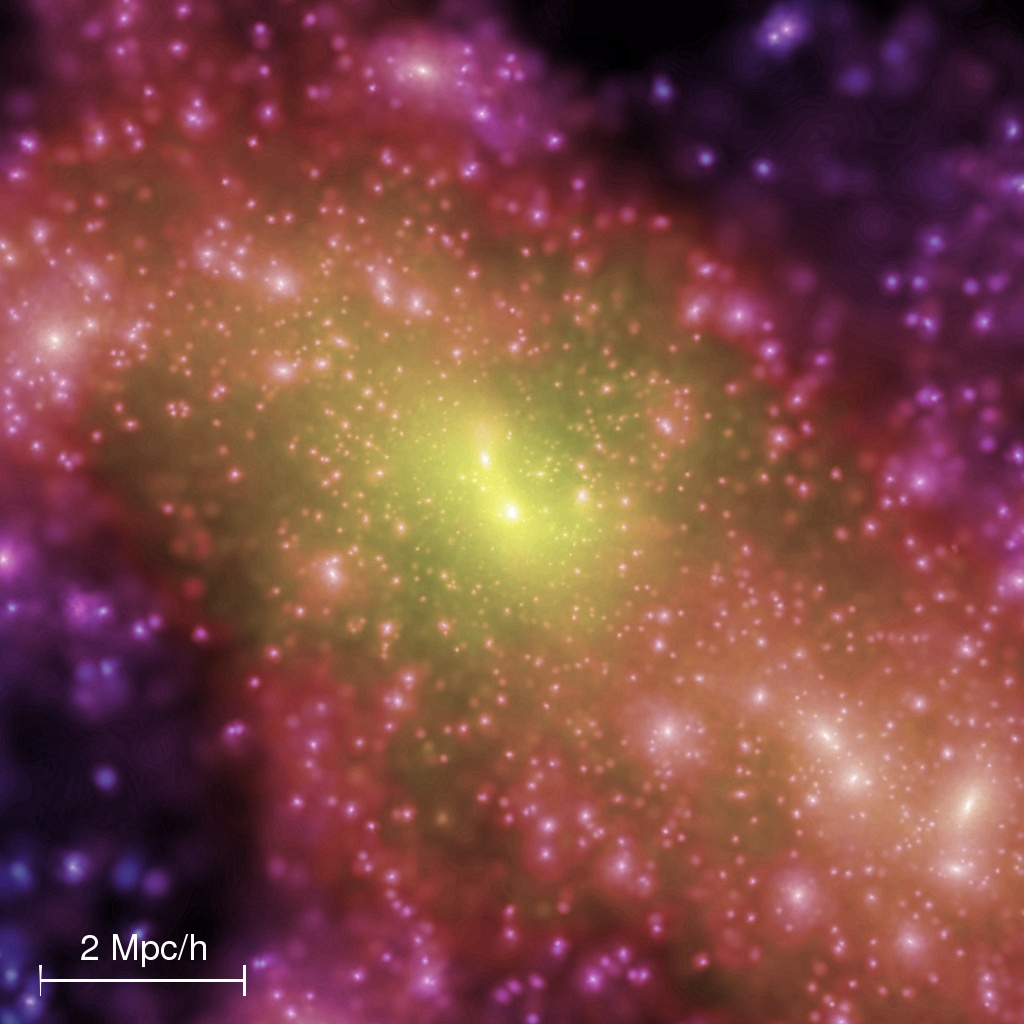
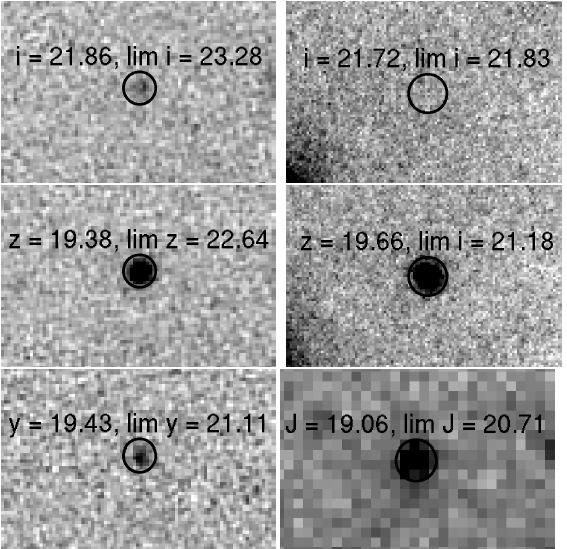
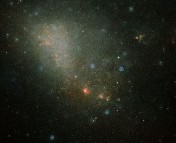
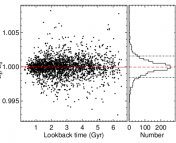
I think I have an answer to this question. However I faced the problem that a well studied amateur is ignored. The new physics is around the corner and is in full agreement with GR and quantumphysics. Let me know if you are interested.
Unless I am mistaken, the discrepancy is still not a 3 sigma tension. Working on improving the experiments and the data merging makes sense, suggesting new physics does not. Taking a page from accelerator physics of looking for spurious effects, maybe when it hits 5 sigma? (Though one can always hope for the latter to change!)
Also to consider would be the negative outcome from testing new (sterile) neutrinos in the cosmologically interesting slot. “… after analysing the results of a year’s worth of data, the researchers found no feature suggesting the existence of sterile neutrinos around 1 eV. This is line with results from the European Space Agency’s Planck observatory, which concluded from cosmological evidence that there should only be three families of neutrinos in that mass range. “I hope that with our result and with the Planck result we are slowly walking our way back from this story,” says Halzen. The IceCube team are still taking data in their sterile neutrino hunt, but don’t expect their results to change, he adds.” [ http://www.nature.com/news/icy-telescope-throws-cold-water-on-sterile-neutrino-theory-1.20382#/b1 ]
Hi Torbjörn, I believe the discrepancy between Riess’s new H_0 measurements from Type 1a Supernovae has a 3.4 sigma tension with Planck CMB. While I agree that the case of sterile neutrinos does come to mind when new physics is invoked for observations seen in recent times, here Riess is ‘mostly’ attempting to explain this discrepancy within the Lambda-CDM paradigm.